Live blog: Japan earthquake From Al Jazeera, from the beginning.
Officials: Pressure rises again in Japan reactor From Forbes. Excerpts:
Japan's nuclear safety agency says pressure is again rising in one of reactors at the country's tsunami-damaged nuclear complex - a setback that means operators will have to vent more radioactive gas into the environment.
Safety agency official Hidehiko Nishiyama said Sunday that efforts to put water in the Unit 3 reactor at the Fukushima Dai-ichi complex might not have been working.
World food supply threatened by Japan nuclear radiation From Natural News. Excerpts:
Fallout from the current meltdown occurring at Japan's Fukushima Daiichi nuclear plant, which was hit by the 9.0+ mega earthquake and tsunami last Friday, could contaminate the world's food supply with toxic radiation, say experts. If the plant's radioactive particles get caught in the jet stream and travel the world over, they will end up contaminating crops and grazing fields.
"The explosions could expose the population to longer-term radiation, which can raise the risk of cancer. These are thyroid cancer, bone cancer and leukemia. Children and fetuses are especially vulnerable," said Lam Ching-wan, a chemical pathologist at the University of Hong Kong. "For some individuals even a small amount of radiation can raise the risk of cancer. The higher the radiation, the higher the risk of cancer."
Japan cites radiation in milk, spinach near plant From MSNBC. Excerpts:
Japan announced the first signs that contamination from its tsunami-crippled nuclear complex have seeped into the food chain, saying that radiation levels in spinach and milk from farms near the facility exceeded government safety limits.
Japanese officials insisted that the small amounts of radiation — with traces also found in tap water in Tokyo — posed no immediate health threat, and said the situation at the Fukushima Dai-ichi plant, while still unpredictable, appeared to be coming under control after near-constant dousing of water to prevent spent fuel rods from burning up.\
Radiation from Japan's Fukushima Daiichi nuclear plant reaches California; experts: no health risk From The New York Daily News. Excerpts:
Trace amounts of radiation from Japan's nuclear crisis have reportedly reached California - but they're nowhere near hazardous levels.
"(They're) about a billion times beneath levels that would be health threatening," a diplomat with access to radiation tracking by the U.N.'s Comprehensive Test Ban Treaty Organization told the Associated Press.
Experts agree that any fallout wafting 5,500 miles across the Pacific to California will be too diluted to pose a health risk.
You see? Everything's fine. Keep shopping.
Taiwan finds radiation on imported Japanese beans From Mercury News.
Radiation was detected on fava beans imported from Japan to Taiwan, Taiwanese officials said Sunday in what appears to be the first case of contamination in Japanese imports.
Taiwan's Cabinet-level Atomic Energy Council Radiation Monitoring Center said in a statement that a small amount of iodine and cesium had been found on a batch of Japanese fava beans imported to the island on Friday. The center said 11 becquerels of iodine and 1 becquerel of cesium were detected.
The amount of radiation was well below Taiwan's legal limit and not harmful to human health, an official from the center told The Associated Press.
Japan tolls tops 20,000 amid nuclear plant crisis From Al Arabiya. Excerpts:
Crews fighting to cool reactors at Japan's stricken nuclear plant struggled Sunday to switch partial power back on after a natural disaster that has left more than 20,000 people dead or missing.
..
In Miyagi prefecture on the devastated northeast coast, the confirmed death toll was 4,882.
But Miyagi police chief Naoto Takeuchi told a task force meeting that his prefecture alone "will need to secure facilities to keep the bodies of more than 15,000 people", Jiji Press reported.
According to the charity Save the Children, around 100,000 children were displaced by the disaster, and signs of trauma are evident among survivors as the nuclear emergency and countless aftershocks heighten their terror.
Scientists lack complete answers on radiation risk. From The Guardian UK. Excerpts:
The Associated Press= Thyroid cancer for sure. Leukemia, probably. Too much radiation can raise the risk of developing cancer years down the road, scientists agree, and the young are most vulnerable. But just how much or how long an exposure is risky is not clear.
Those are among the unknowns scientists are contemplating as the crisis unfolds at Japan's stricken nuclear power plant.
In Japan, the Science Ministry said radiation levels about 19 miles northwest of the Fukushima Dai-ichi plant rose at one point Friday to 0.15 millisieverts per hour, about the amount absorbed in a chest X-ray. But levels have been fluctuating, and radiation at most sites that distance from the facility have been far below that.
Threat from Japanese nuclear emergency widens From World Socialist Web Site. Excerpts:
Gregory Jaczko, chairman of the NRC, told a Washington news conference on Friday that he expected the struggle to bring down the temperatures at the Fukushima to be a long one. “This is something that will take some time to work through, possibly weeks, as you eventually remove the majority of the heat from the reactors and then the spent fuel pools,” he said. When asked whether the Japanese authorities could avoid a “worst case scenario” he refused to offer an opinion. “I really don't want to speculate on where this could go,” he said.
Gunther Oettinger, the European Union energy head, said, “We are somewhere between a disaster and a major disaster. There could be further catastrophic events, which could pose a threat to the lives of people on the island.”
It was wrong, Oettinger said to “exclude the worst.” He continued “There is talk of an apocalypse, and I think the word is particularly well chosen.”
John Large, who has carried out risk analyses in both military and civil nuclear situations, said that the response to the Fukushima crisis had been “shambolic”. The nuclear industry, he said, did not plan for the one in a million accident. “They are taking a chance, a risk with the helicopters and water,” he added.
“What this means is, accidents like we are seeing now where there are two breaches--one involving the reactors, and one involving fuel ponds outside the reactors--they don’t have any plans for it. They don't have a procedure in a book to turn to—that’s why there is some turmoil. Taking a water cannon and spraying it in may not work. This shows the fundamental omission in nuclear safety culture. What this shows is the basic confidence of nuclear engineers and operators is flawed.”
The concern is that with the situation still unstable at Fukushima, one or more of the steel containment vessels could rupture or the spent-fuel rods may begin to melt down, producing an even more serious nuclear emergency. Some experts have suggested that the fuel rods stored in pool 4 may have already gone critical on Wednesday. That would mean that a nuclear reaction–nuclear fission–is taking place, without any of the usual means to control it.
Still, no encouraging developments.
Officials: Pressure rises again in Japan reactor From Forbes. Excerpts:
Japan's nuclear safety agency says pressure is again rising in one of reactors at the country's tsunami-damaged nuclear complex - a setback that means operators will have to vent more radioactive gas into the environment.
Safety agency official Hidehiko Nishiyama said Sunday that efforts to put water in the Unit 3 reactor at the Fukushima Dai-ichi complex might not have been working.
World food supply threatened by Japan nuclear radiation From Natural News. Excerpts:
Fallout from the current meltdown occurring at Japan's Fukushima Daiichi nuclear plant, which was hit by the 9.0+ mega earthquake and tsunami last Friday, could contaminate the world's food supply with toxic radiation, say experts. If the plant's radioactive particles get caught in the jet stream and travel the world over, they will end up contaminating crops and grazing fields.
"The explosions could expose the population to longer-term radiation, which can raise the risk of cancer. These are thyroid cancer, bone cancer and leukemia. Children and fetuses are especially vulnerable," said Lam Ching-wan, a chemical pathologist at the University of Hong Kong. "For some individuals even a small amount of radiation can raise the risk of cancer. The higher the radiation, the higher the risk of cancer."
Japan cites radiation in milk, spinach near plant From MSNBC. Excerpts:
Japan announced the first signs that contamination from its tsunami-crippled nuclear complex have seeped into the food chain, saying that radiation levels in spinach and milk from farms near the facility exceeded government safety limits.
Japanese officials insisted that the small amounts of radiation — with traces also found in tap water in Tokyo — posed no immediate health threat, and said the situation at the Fukushima Dai-ichi plant, while still unpredictable, appeared to be coming under control after near-constant dousing of water to prevent spent fuel rods from burning up.\
Radiation from Japan's Fukushima Daiichi nuclear plant reaches California; experts: no health risk From The New York Daily News. Excerpts:
Trace amounts of radiation from Japan's nuclear crisis have reportedly reached California - but they're nowhere near hazardous levels.
"(They're) about a billion times beneath levels that would be health threatening," a diplomat with access to radiation tracking by the U.N.'s Comprehensive Test Ban Treaty Organization told the Associated Press.
Experts agree that any fallout wafting 5,500 miles across the Pacific to California will be too diluted to pose a health risk.
You see? Everything's fine. Keep shopping.
Taiwan finds radiation on imported Japanese beans From Mercury News.
Radiation was detected on fava beans imported from Japan to Taiwan, Taiwanese officials said Sunday in what appears to be the first case of contamination in Japanese imports.
Taiwan's Cabinet-level Atomic Energy Council Radiation Monitoring Center said in a statement that a small amount of iodine and cesium had been found on a batch of Japanese fava beans imported to the island on Friday. The center said 11 becquerels of iodine and 1 becquerel of cesium were detected.
The amount of radiation was well below Taiwan's legal limit and not harmful to human health, an official from the center told The Associated Press.
Japan tolls tops 20,000 amid nuclear plant crisis From Al Arabiya. Excerpts:
Crews fighting to cool reactors at Japan's stricken nuclear plant struggled Sunday to switch partial power back on after a natural disaster that has left more than 20,000 people dead or missing.
..
In Miyagi prefecture on the devastated northeast coast, the confirmed death toll was 4,882.
But Miyagi police chief Naoto Takeuchi told a task force meeting that his prefecture alone "will need to secure facilities to keep the bodies of more than 15,000 people", Jiji Press reported.
According to the charity Save the Children, around 100,000 children were displaced by the disaster, and signs of trauma are evident among survivors as the nuclear emergency and countless aftershocks heighten their terror.
Scientists lack complete answers on radiation risk. From The Guardian UK. Excerpts:
The Associated Press= Thyroid cancer for sure. Leukemia, probably. Too much radiation can raise the risk of developing cancer years down the road, scientists agree, and the young are most vulnerable. But just how much or how long an exposure is risky is not clear.
Those are among the unknowns scientists are contemplating as the crisis unfolds at Japan's stricken nuclear power plant.
In Japan, the Science Ministry said radiation levels about 19 miles northwest of the Fukushima Dai-ichi plant rose at one point Friday to 0.15 millisieverts per hour, about the amount absorbed in a chest X-ray. But levels have been fluctuating, and radiation at most sites that distance from the facility have been far below that.
Threat from Japanese nuclear emergency widens From World Socialist Web Site. Excerpts:
Gregory Jaczko, chairman of the NRC, told a Washington news conference on Friday that he expected the struggle to bring down the temperatures at the Fukushima to be a long one. “This is something that will take some time to work through, possibly weeks, as you eventually remove the majority of the heat from the reactors and then the spent fuel pools,” he said. When asked whether the Japanese authorities could avoid a “worst case scenario” he refused to offer an opinion. “I really don't want to speculate on where this could go,” he said.
Gunther Oettinger, the European Union energy head, said, “We are somewhere between a disaster and a major disaster. There could be further catastrophic events, which could pose a threat to the lives of people on the island.”
It was wrong, Oettinger said to “exclude the worst.” He continued “There is talk of an apocalypse, and I think the word is particularly well chosen.”
John Large, who has carried out risk analyses in both military and civil nuclear situations, said that the response to the Fukushima crisis had been “shambolic”. The nuclear industry, he said, did not plan for the one in a million accident. “They are taking a chance, a risk with the helicopters and water,” he added.
“What this means is, accidents like we are seeing now where there are two breaches--one involving the reactors, and one involving fuel ponds outside the reactors--they don’t have any plans for it. They don't have a procedure in a book to turn to—that’s why there is some turmoil. Taking a water cannon and spraying it in may not work. This shows the fundamental omission in nuclear safety culture. What this shows is the basic confidence of nuclear engineers and operators is flawed.”
The concern is that with the situation still unstable at Fukushima, one or more of the steel containment vessels could rupture or the spent-fuel rods may begin to melt down, producing an even more serious nuclear emergency. Some experts have suggested that the fuel rods stored in pool 4 may have already gone critical on Wednesday. That would mean that a nuclear reaction–nuclear fission–is taking place, without any of the usual means to control it.
Still, no encouraging developments.










































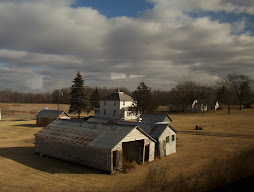


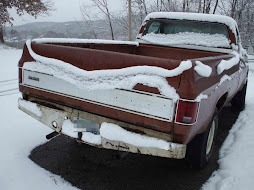

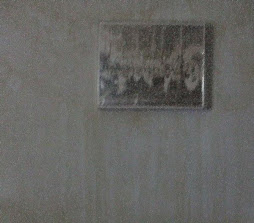





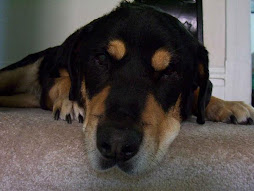
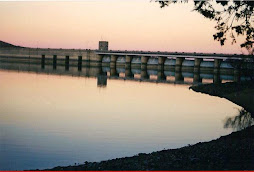
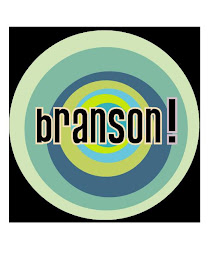





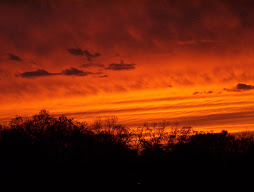
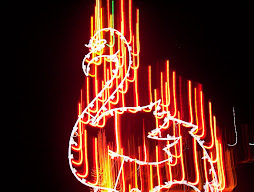




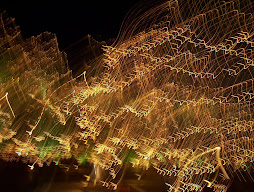

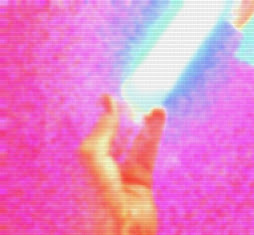

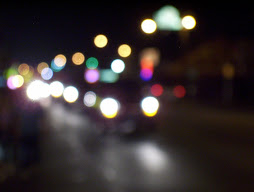




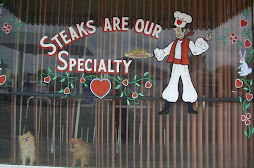


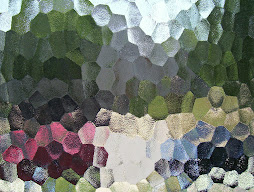
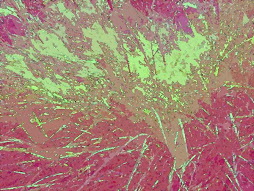
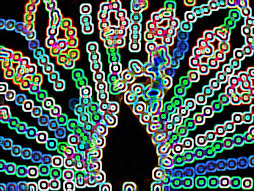









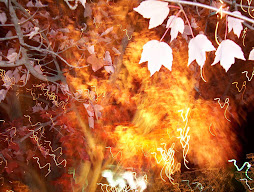

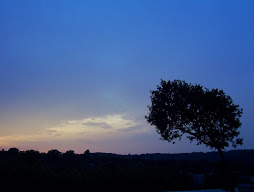
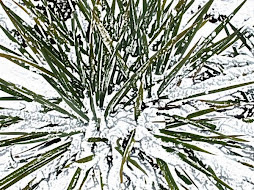






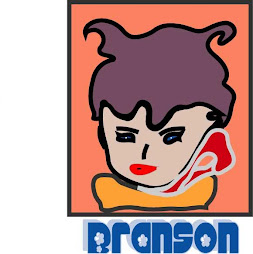



No comments:
Post a Comment